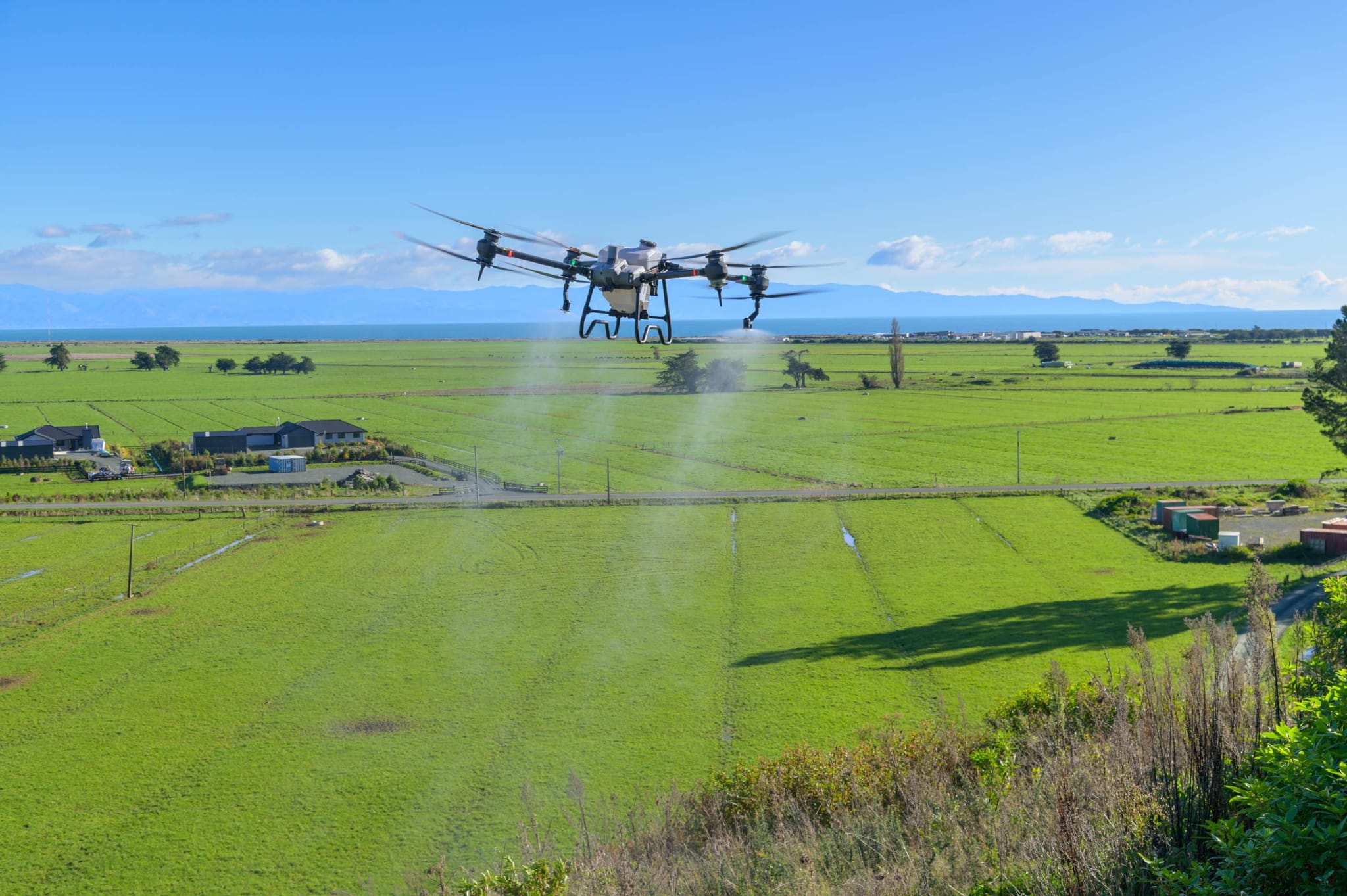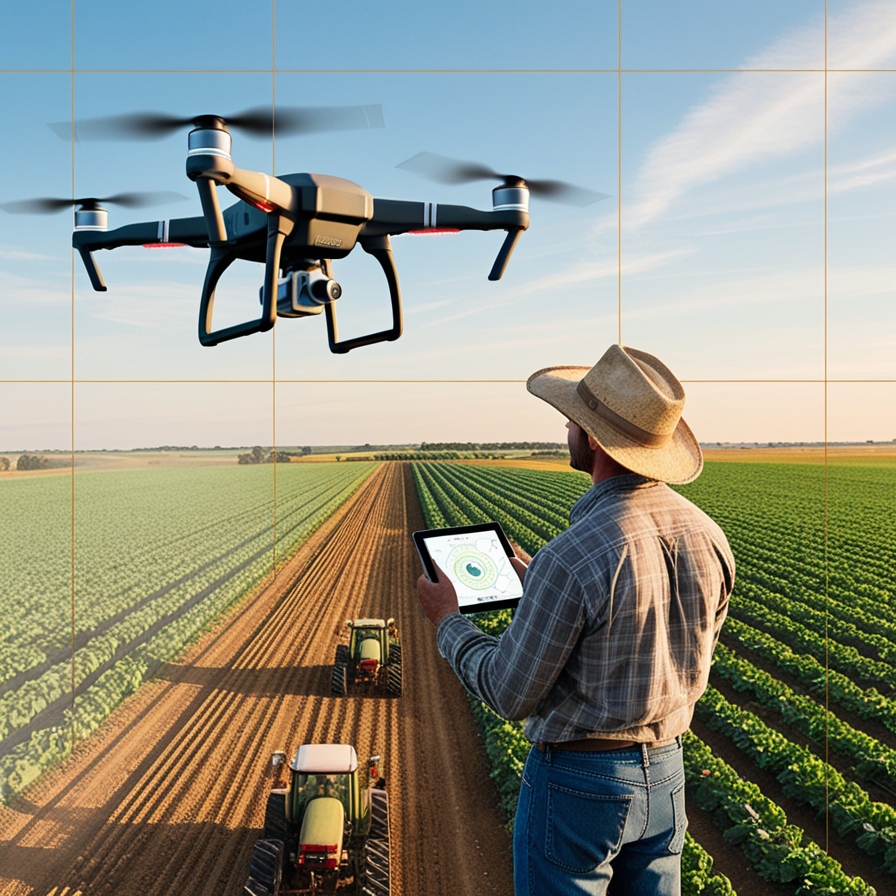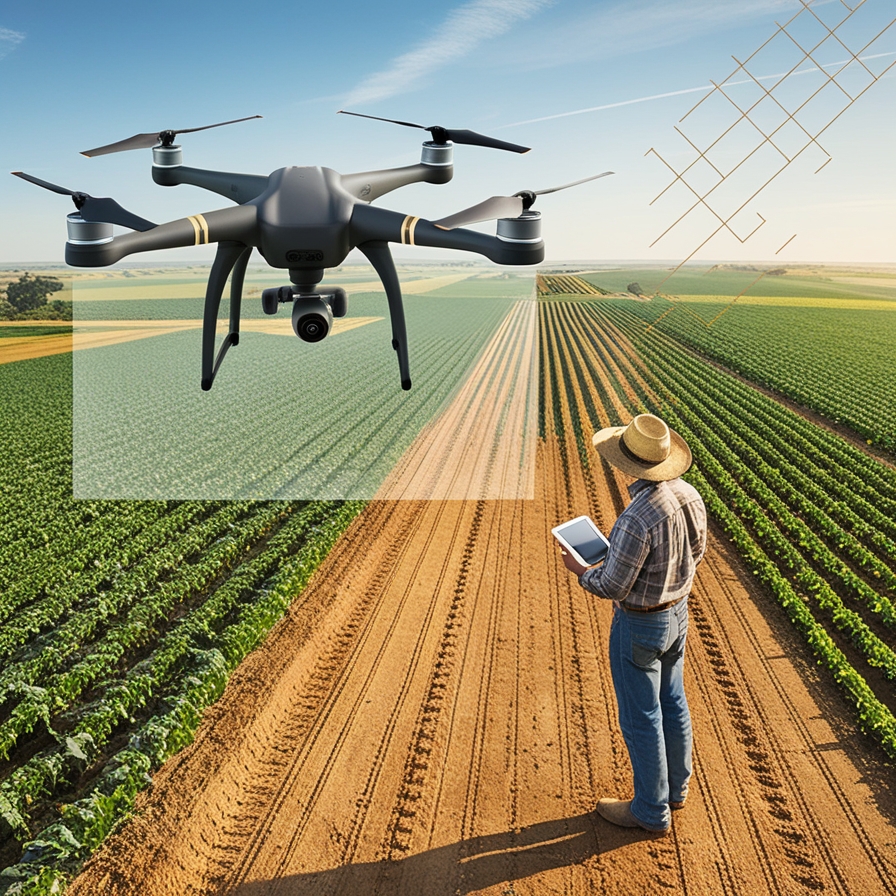The Role of Drone Mapping in Early Detection of Crop Disease and Stress

In modern agriculture, proactively managing crop health is crucial for maximizing yields and profitability. One effective way farmers now monitor potential crop issues is through drone mapping technology, which offers a transformative approach to spotting early signs of stress or disease in crops.

What is Drone Mapping?
Drone mapping involves using high-resolution drones to capture aerial images of farmland, which are then processed to create detailed maps. These maps offer invaluable insights into crop health, soil conditions, and other critical factors that traditional monitoring might miss.
How Does Drone Mapping Identify Crop Stress?
Crop stress can result from numerous factors, such as poor irrigation, nutrient deficiencies, pests, or adverse weather. Identifying early signs of stress through visual inspections alone can be challenging. However, drone mapping provides high-precision data, allowing farmers to detect crop stress early on.
Using multispectral imaging, drones can capture and analyze various wavelengths of light reflected from plants. This technology detects subtle changes in plant health that are not visible to the naked eye. For instance, healthy plants reflect more near-infrared (NIR) light than stressed ones, indicating better photosynthesis. Decreased NIR reflectance can signal that a plant is under stress before physical symptoms appear.
Why is Early Detection Crucial?
Early detection enables farmers to intervene promptly, addressing minor issues before they escalate into major problems that reduce yield. If drones identify a water-stressed area, for instance, farmers can make timely irrigation adjustments, preventing further crop deterioration. Additionally, early detection supports more precise and targeted responses, like applying fertilizers or pest controls only where needed, saving both time and resources.
How Does Drone Mapping Detect Crop Diseases?
Beyond stress, drone mapping also excels at identifying early signs of crop disease. Diseases such as powdery mildew, rust, or bacterial infections can spread rapidly if left undetected, threatening entire fields. Drones cover vast areas quickly and can analyze plant health through heat and light signatures, pinpointing areas vulnerable to disease. By detecting infected regions early, farmers can apply treatments specifically where needed, reducing costs and minimizing environmental impact.
Proven Benefits of Drone Mapping
Research shows that farmers using drone technology experience up to a 15% increase in crop yields, with fertilizer costs reduced by up to 20%. These statistics highlight the substantial return on investment drone mapping provides.

Conclusion
For farmers aiming to optimize crop management, drone mapping is a powerful tool. By identifying crop stress and diseases early, farmers can make informed, data-driven decisions that improve yields, reduce costs, and support sustainable agricultural practices.
Link Densustotositus togel